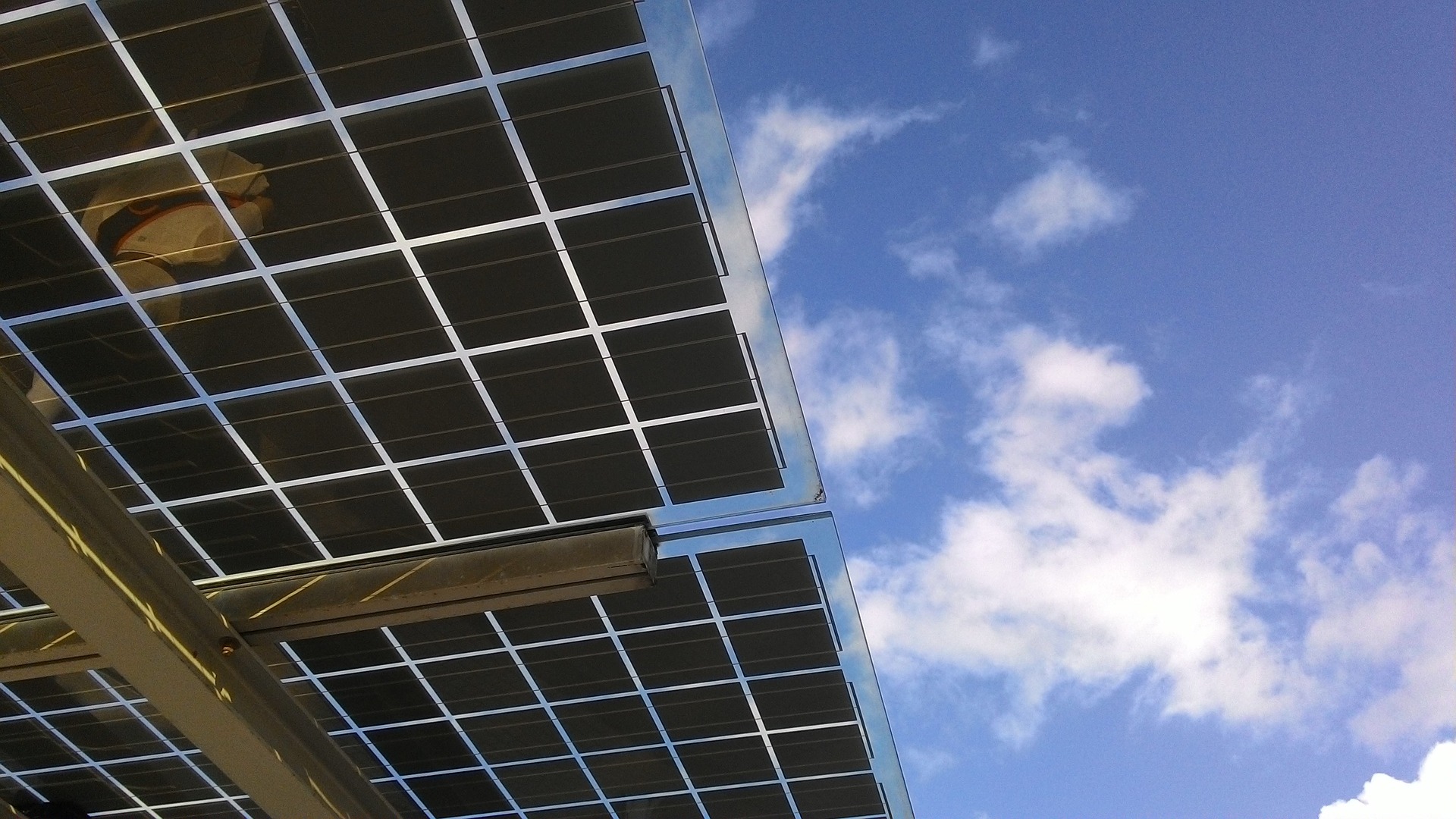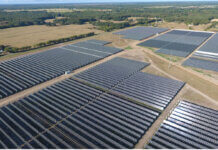Development of solar projects in California has been spurred by California’s renewable portfolio standard (RPS), which requires that 60% of retail electricity sales must be served by renewable resources by 2030 and requires all the state’s electricity come from carbon-free resources by 2045. As of 2018, solar PV and solar thermal power plants produced 27,237 GWh of energy, which is approximately 14% of the state’s total electricity production, and California is on course to meet the RPS if development continues. However, to finance and build solar projects, local tax planning should be integrated into modeling at each stage of development.
I. Income, Franchise and Other Similar Taxes
There are four types of income taxes in California that businesses should be aware of: (1) corporate tax, (2) alternative minimum tax, (3) franchise tax and (4) LLC fees. The type of tax that will be due is determined by whether the entity is “doing business” in California, the type of entity (corporation, partnership or limited liability company) and the California source income. A project company organized in California and/or holding a solar facility will be considered “doing business” in California and will be subject to tax. In addition, entities that are performing services for, or managing the project company or solar facility, may also be considered to be doing business in California.
II. Property Tax
California has an acquisition value-based property tax system, which applies the property tax rate to the base year value (as adjusted). The base year value is determined at the time real property is acquired, if there is a change of ownership or control of a legal entity that holds real property, or upon completion of new construction. The purchase of property, the sale of interests in a project company or new construction may trigger a property tax reassessment.
A. Change of Control
Property reassessment is triggered when a person or entity obtains more than 50% of the ownership interest in the legal entity – e.g., voting stock for corporations, capital and profits for partnerships, and limited liability companies. A transfer of ownership interest in a legal entity that results in a change in control of that entity is a change in ownership of the California real property owned by the entity, regardless of whether control is obtained directly or indirectly. As a “flip” in a partnership may trigger reassessment, the impact of the change in control should be considered when determining the economics of a transaction.
B. Leases
In the case of a lease, reassessment occurs when (1) a leasehold interest for a term of 35 years or more, including renewal options, is created or terminated, or (2) a leasehold interest with a remaining term of 35 years or more, including renewal options, is transferred. If a solar facility is placed on leased property, a reassessment may occur on entering the lease, a flip of a lessee partnership or the sublease, or assignment of the lease.
C. Exempt Property
California collects a possessory interest tax (state PI tax) on the grant of an interest for private benefit in tax exempt property, such as public property, that is not subject to California property tax. The state PI tax is similar to the property tax levied on owners of privately owned property and is based on the value of the possessory interest granted. In the case of federal lands, the state PI tax will only be applied to property for which the state of California has not ceded jurisdiction – i.e., property for which the federal government has exclusive jurisdiction will not be subject to the state PI tax.
The state of California has not ceded jurisdiction over most federal land, and if a lease is entered into on public land, the state PI tax is likely to apply. Many solar projects are being built on land owned by the Bureau of Land Management, which is generally subject to the state PI tax. In general, the state PI tax only applies with respect to the real property. Roads, fences and all other property built upon the land, including a solar or wind facility, will be assessed to the taxable owner (e.g., the project company) and will be subject to the change in ownership or control rules above.
D. Solar Exemption
Generally, the new construction will increase the base-year value of real property, increasing the amount of property tax due. However, constitutional amendments authorize the exclusion of an active solar energy system – i.e., a solar device that provides for the collection, storage or distribution of solar energy. In a utility-scale system, the final stage of power generation is typically a “step up” transformer, where the output voltage is increased to meet the transmission grid voltage requirements. Thus, equipment up to, and including the final step-up transformer within the on-site substation, would be considered part of the exempt active solar energy system and subject to the new construction exclusion. Equipment after that point would not be eligible for the exclusion. In addition, such systems do not include swimming pool heaters, hot tub heaters, passive energy systems or wind energy systems.
The exclusion for newly constructed active solar energy systems is only available to one of the following: (1) the owner of the system when the lien date occurs, (2) the builder of the system or (3) the first buyer of such a system. The active solar energy system exclusion is scheduled to sunset on Jan. 1, 2025.
III. Transfer Tax
The documentary transfer tax (DTT) is generally imposed on a recording of an instrument or upon the transfer of an interest in a legal entity that results in a “change of ownership,” unless an exemption applies. This means that even in the situation where an existing owner of 49% of the interests purchases an additional 2% membership interest – and thus triggers a reassessment of the entirety of the property for Proposition 13 purposes – there is DTT owed. DTT issues should be thoroughly reviewed in the case of a flip partnership or a sales-leaseback transaction.
IV. Sales Tax
Generally, sales tax would apply upon the purchase of goods for use in the construction and operation of the project, or sales tax could apply to the sale of electricity. However, there are a few exemptions that may reduce or eliminate sales tax.
First, currently, solar, wind, geothermal, biomass and certain other electric power generators qualify for a partial sales tax exemption on the purchase of machinery and equipment; all component parts; and equipment or devices used or required to operate, control, regulate or maintain the machinery, including computers, data-processing equipment and computer software. The partial exemption reduces the state sales and use tax rate by 3.9375% and is set to expire on July 1, 2030.
Second, electricity delivered through “mains, lines or pipes” is exempt from sales and use tax. In general, the sale of electricity is exempt from sales tax.
Lysondra Ludwig is a tax associate in Farella Braun+ Martel’s San Francisco office, where she serves renewable energy companies, start-ups, and solar, wind and geothermal producers. She can be reached at lludwig@fbm.com or at (415) 954-4417.





Hi, could you please clarify where can i find information about the sales exemption for solar equipment?